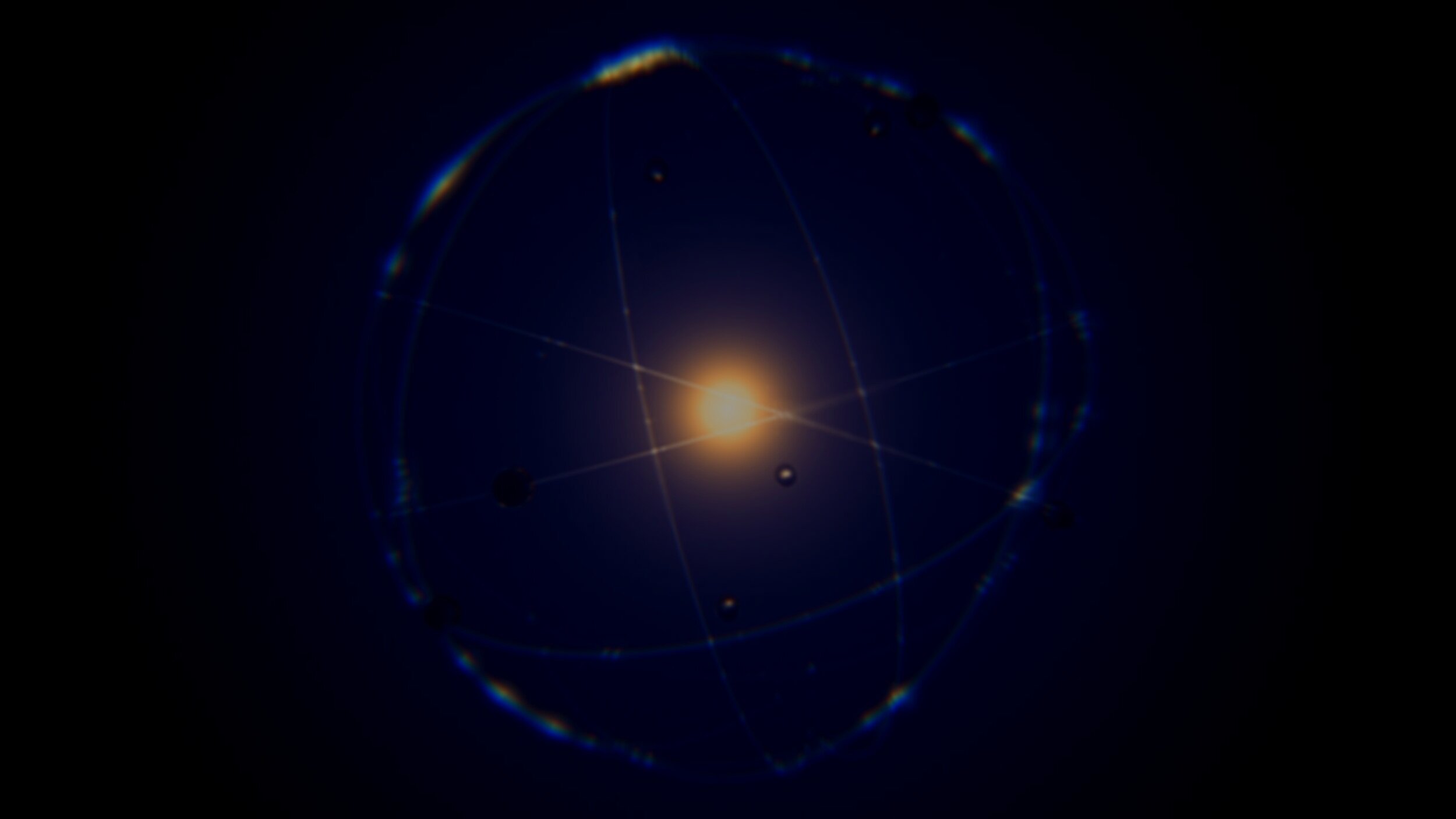
The New Measure For Detection of
Special Nuclear Materials (SNM)
Fewer False Positives, Leading to Greater Stand-Off Detection
Driven by the desire to address challenges posed by global nuclear proliferation, Clostra has leveraged state of the art Machine Learning approaches to increase the detection ranges of nuclear materials and to cut through noisy background radiation, reducing false positives. After training with thousands of samples and shielding variations, our algorithms offer unprecedented detection and classification of special nuclear materials (SNM) as well as industrial- and medical-use isotopes.
Detect and Classify Sooner
Special nuclear materials, including plutonium, uranium-233, or uranium enriched in the isotopes uranium-233 or uranium-235, present high levels of risk for proliferation or use in crude weapons of mass destruction (WMD). Clostra’s SNM detector is able to identify potentially hazardous special nuclear materials at longer ranges than any currently deployed technique. Our software algorithm also leverages already-in-place detectors and processors, allowing deployed systems to be quickly and safely upgraded, ensuring greater public safety.
Local vs. Non-Local Algorithms
Our algorithm is strictly local, meaning that it evaluates a source signal at a given time without comparing it to any previous time-series analysis. This forces our algorithm to be extremely robust and insures that it does not “latch” onto a signal of slowly increasing strength and either trigger or fail to trigger an alarm, which is a weakness of many current non-local algorithms.
Photo courtesy of DTRA. The appearance of U.S. Department of Defense (DoD) visual information does not imply or constitute DoD endorsement.
Fewer False Alarms
Because our algorithm is able to detect radiation sources at long range, even from weak emissions, our classification determinations are highly accurate, particularly when the source arrives within “normal range” (which might have given our algorithm thousands of opportunities to analyze it from a distance). Our false alarm rates are significantly lower than the status quo, and can be tuned to trigger at user-specified levels of sensitivity.
Medical Isotopes
Clostra’s SNM detection algorithm has been trained and tested against a multitude of common medical sources in a variety of shielding configurations and environments. Clostra is able to detect medical sources such as technetium, thallium, gallium, iodine, and xenon in very small quantities. Our algorithm represents a significant step forward in medical monitoring systems to ensure both doctor and patient safety.
Industrial Isotopes
Clostra’s SNM detection algorithm has also been trained and tested to identify nuclear materials commonly used in industrial devices such as irradiators, gauging devices, well-logging devices, and industrial radiography systems. Despite the typically small source quantities used in these industrial devices, our algorithm has shown its ability to generate valid detections through a variety of shielding types.





